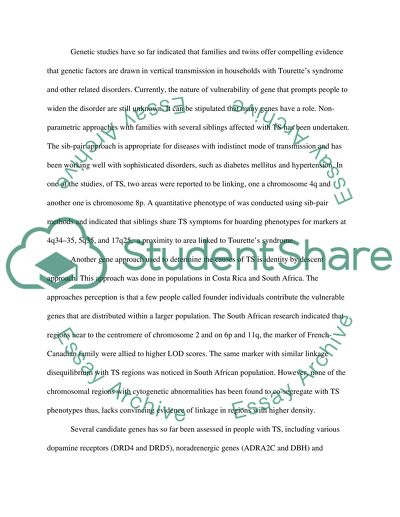Cite this document
(“Tourettes Syndrome Research Paper Example | Topics and Well Written Essays - 1500 words”, n.d.)
Retrieved from https://studentshare.org/psychology/1640875-tourettes-syndrome
Retrieved from https://studentshare.org/psychology/1640875-tourettes-syndrome
(Tourettes Syndrome Research Paper Example | Topics and Well Written Essays - 1500 Words)
https://studentshare.org/psychology/1640875-tourettes-syndrome.
https://studentshare.org/psychology/1640875-tourettes-syndrome.
“Tourettes Syndrome Research Paper Example | Topics and Well Written Essays - 1500 Words”, n.d. https://studentshare.org/psychology/1640875-tourettes-syndrome.


